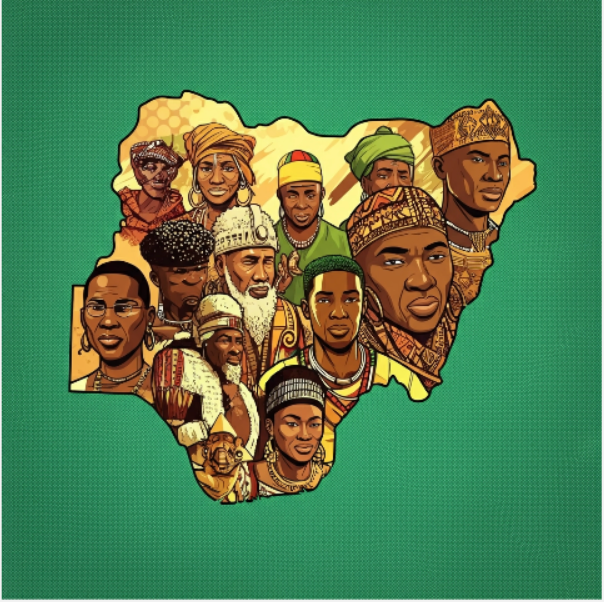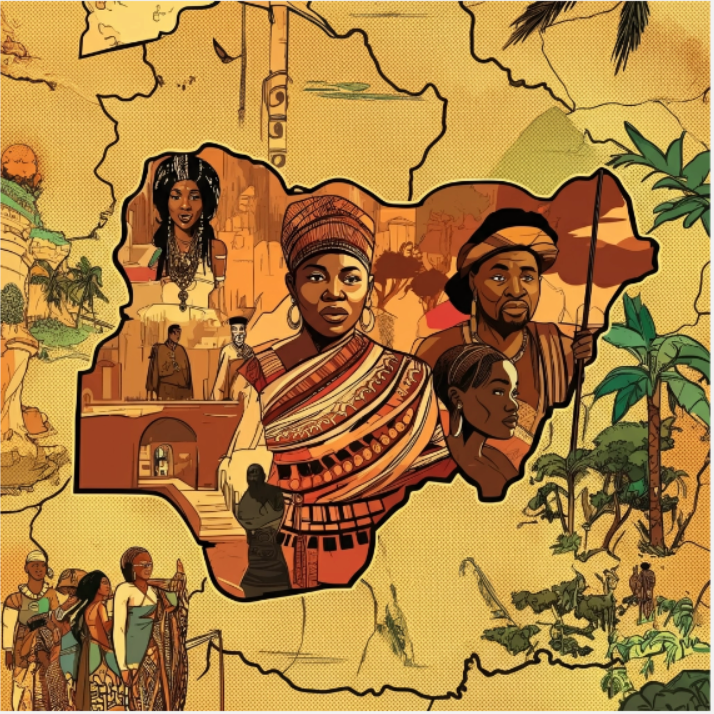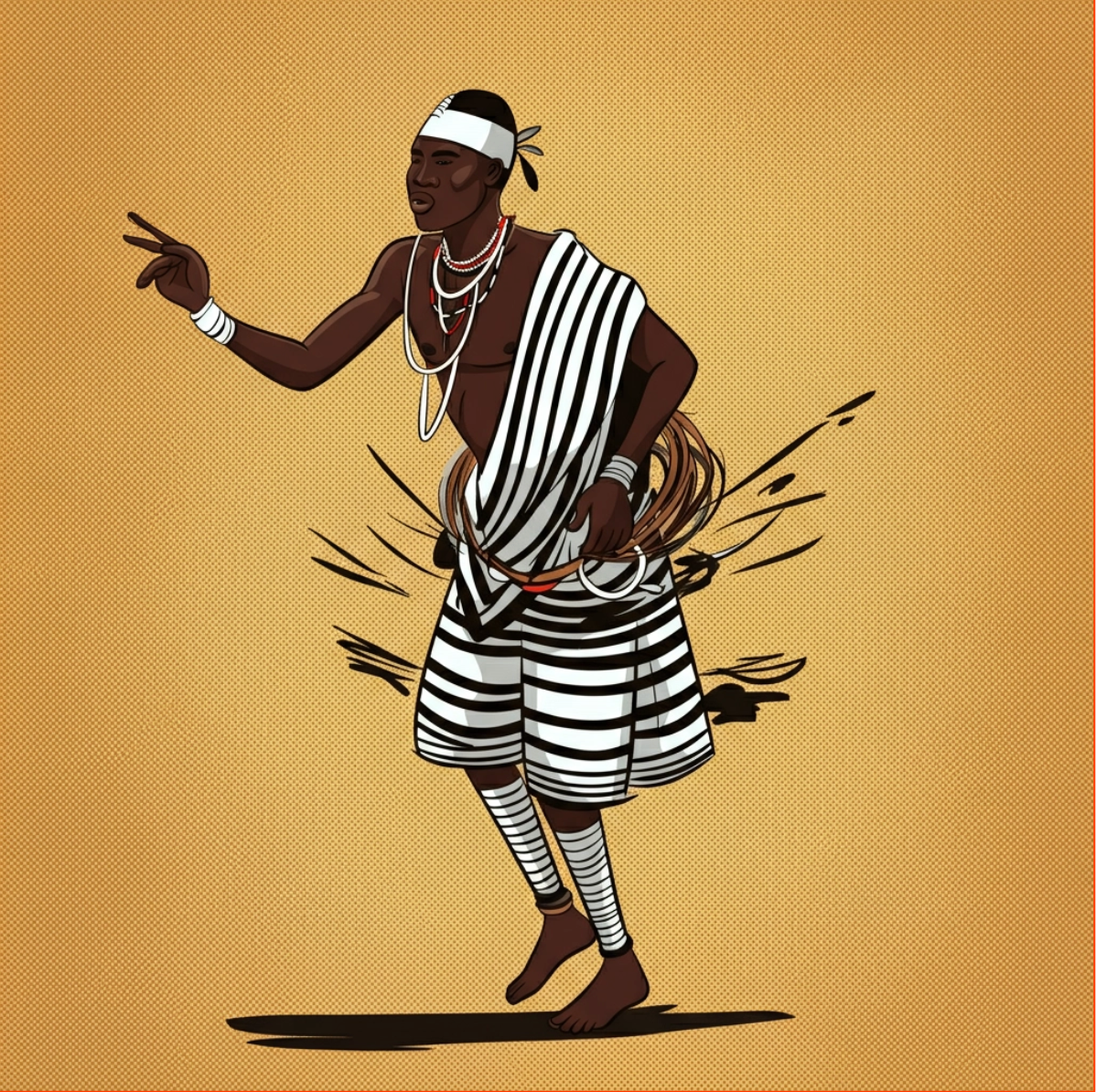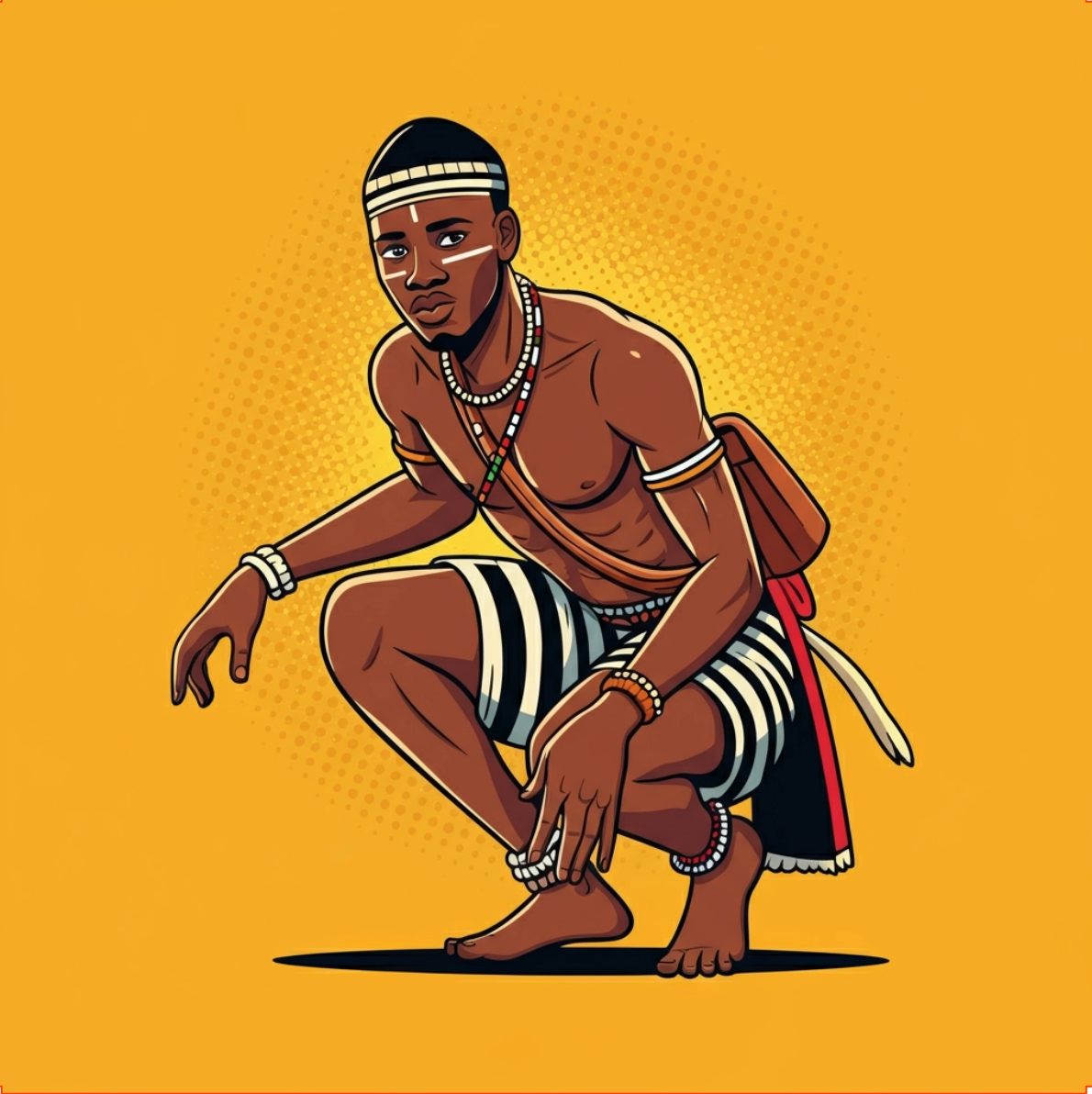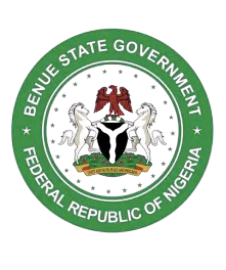Tiv culture places significant value on maternal ties, and there are long-standing customs that define relationships between a child and his mother’s family. One of the most striking traditions involves a male child’s right to claim a chicken from his maternal uncle’s household.
An example that perfectly illustrates this occurred with a young boy named Ker. Having recently recovered from the painful process of circumcision, Ker visited his mother’s home, as tradition dictated. In the Tiv culture, this visit held a special privilege: Ker had the right to catch, kill, and eat any chicken from his maternal uncle's household without fear of retribution.
Ker exercised this right, taking a chicken belonging to his uncle, Afo. But Afo, either out of defiance or disregard for tradition, seized the chicken from Ker. Such an action was not merely an act of taking back property—it was a direct violation of long-established cultural norms.
When Ker's mother learned of the incident, she was furious. She immediately reported the matter to her other brother, Iju, who was known for his strong sense of justice. Iju, upon hearing what had happened, reacted with righteous anger. He reassured his sister, "Do not worry, Adei. This matter will not rest. I will make sure Afo faces the consequences for dishonoring our tradition."
In Tiv society, such conflicts were not just about a single event—they carried broader implications about respect, familial obligations, and the delicate balance of power within kinship structures. Iju’s vow to retaliate was not simply about avenging a single insult; it was about maintaining the integrity of their cultural practices. It served as a warning to others that traditions must be respected, lest they unravel the bonds that held the Tiv people together.
Ker, on his part, probably learned an important lesson that day—not just about his rights within his maternal home, but about the intricate web of relationships that defined Tiv family structures. This moment marked his transition into a more active participant in his society, where understanding and asserting one’s place in the family was as important as any physical rite of passage.
Balancing Bloodlines
The apparent contradiction in Tiv customs—allowing men to marry outside their ethnic group but refusing to give their daughters away, while also granting patrilineal sons rights within their maternal family—can be reconciled by examining the deeper cultural logic that underpins both practices.
Patrilineal Foundation
Maternal Ties
While the Tiv were patrilineal, they did not entirely sever ties with the maternal side of a child’s family. The practice of allowing a son to claim a chicken from his maternal uncle, for example, was not just a random privilege—it was a symbolic acknowledgment of his connection to his mother’s kin. This practice ensured that, despite being considered fully Tiv through his father’s lineage, a boy retained some standing in his mother’s family, reinforcing inter-clan relationships and obligations.
This custom functioned as a balance within the rigid patrilineal system. It allowed sons to maintain a tangible link with their maternal relatives without threatening the overarching structure of lineage inheritance. It also served as a social mechanism to ensure that different Tiv lineages remained interconnected, preventing fragmentation within the ethnic group.
Reconciling the Two Practices
The contradiction dissolves when we see these customs not as opposing forces but as complementary aspects of Tiv social structure. While the Tiv prioritised patrilineal inheritance and sought to prevent their daughters from diluting the bloodline by marrying outside, they also recognised the importance of maternal ties in maintaining social cohesion within the larger Tiv community.
Their selective openness to intermarriage was driven by a desire to preserve their identity, while the strong emphasis on maternal ties ensured that no child ever truly lost connection to their mother’s family.
In Conclusion
Ultimately, these practices show a sophisticated social structure that carefully balanced expansion, identity preservation, and internal cohesion. The Tiv successfully maintained their cultural identity while navigating the complexities of inter-ethnic relationships and familial obligations.
The story of Ker’s chicken and the tensions around intermarriage both highlight the broader themes of loyalty, cultural preservation, and the challenges of change. In a world where cultures continuously interact and evolve, the Tiv people have demonstrated resilience—balancing tradition with the need to adapt to new realities. Even today, echoes of these customs can still be found in Tiv society, reminding us of the powerful role culture plays in shaping human relationships.


